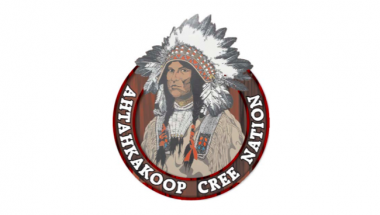
CONFERENCE INFORMATION
Please join us for events during a two-day conference on best practices for community mobilization in response to substance use related epidemics.
The opioid epidemic is a crisis in the United States. In Virginia, on average, three people die each day of opioid overdose, and dozens are treated for them in emergency rooms. This epidemic seriously affects individuals, support networks of family and friends, healthcare providers, and the healthcare system. For this conference, Canadian colleagues who have developed innovative care solutions for substance use and related epidemics will join us to share their perspectives and strategies.
This conference will highlight how communities can develop community-based, culturally-competent care to address the issues of substance use and related epidemics such as HIV, Hepatitis C, and neonatal abstinence syndrome. The conference will emphasize the impact of law, health policy, politics, and stigma on the social determinants of the opioid epidemic and its outcomes, especially as they relate to vulnerable populations.
Speakers and small group facilitators will be from the University of Virginia, Virginia Commonwealth University, University of Saskatchewan, Big River First Nation community, Ahtahkakoop First Nation community, the Virginia Department of Health, Louisville Metro Public Health & Wellness, and the Community Mental Health and Wellness Coalition.


